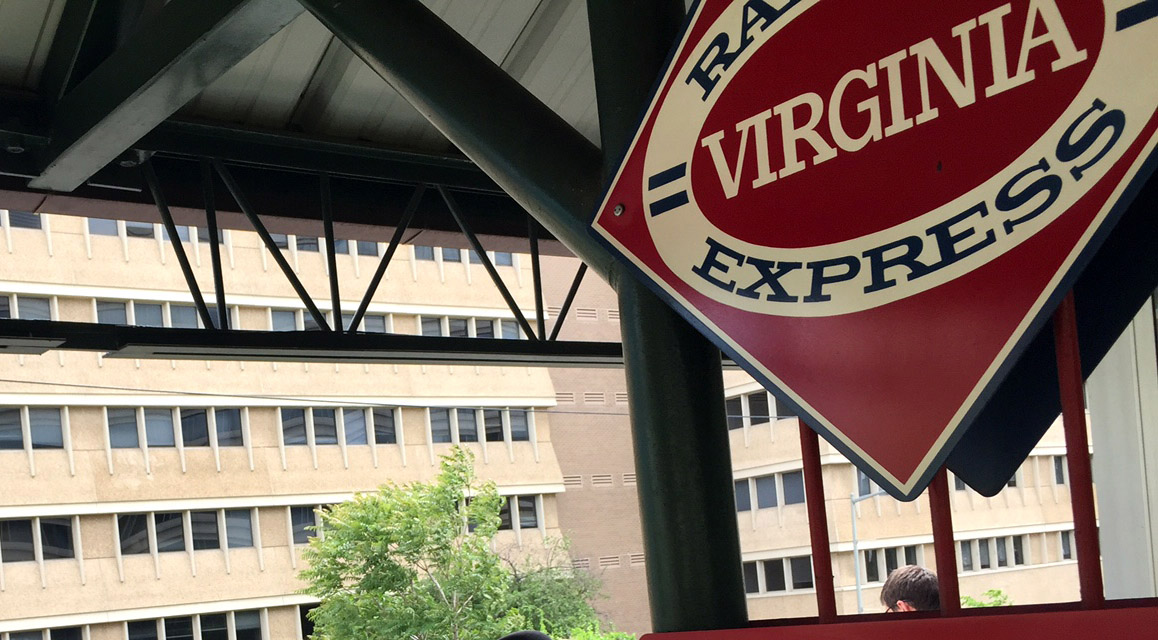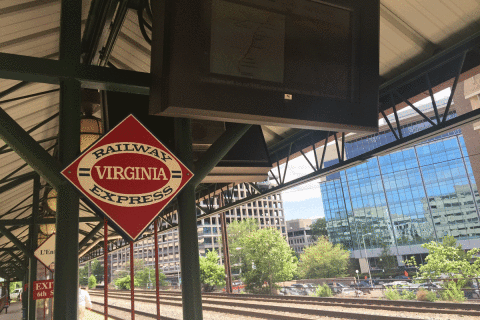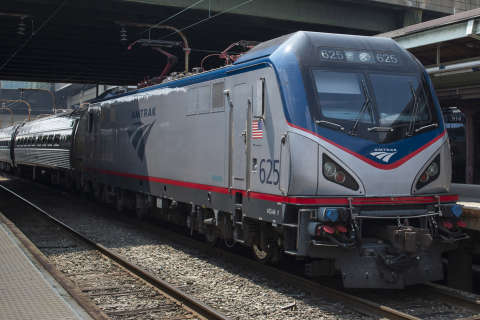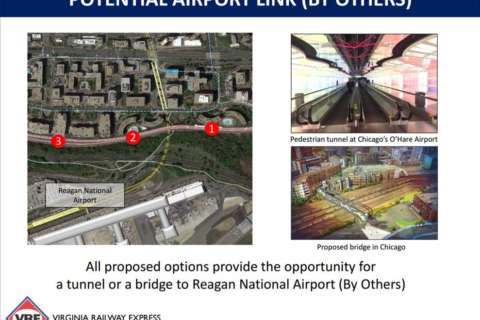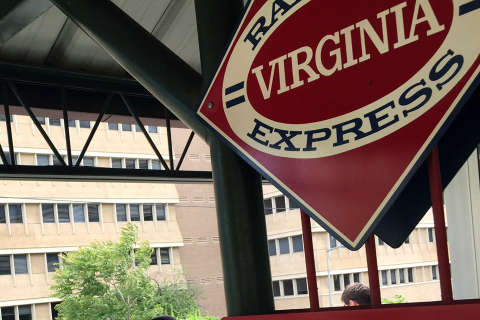
WASHINGTON — Higher speed and more reliable trains between D.C. and Richmond are moving closer to reality, after the Federal Railroad Administration completed the latest phase of environmental analysis Friday.
The Tier II Draft Environmental Impact Statement selects preferred ways to add additional tracks along much of the 123 mile corridor in order to help trains stay on time, add VRE commuter rail service in Northern Virginia, double the number of freight trains from 21 in 2015 to 42 in 2045 and add nine new Amtrak round-trips between D.C. and Richmond with some continuing to Hampton Roads or Raleigh.
The changes would reduce scheduled travel time from nearly 3.5 hours to around 2 hours depending on which options are built.
The total cost of the improvements to the CSX-owned tracks is about $5 billion in 2025 dollars. The work is expected to be done incrementally as funding is identified, and some projects in the corridor are already underway.
Eventually, top speeds would increase from 69 mph to 79 mph between D.C. and Fredericksburg, and to 90 mph between Fredericksburg and Richmond in spots without curves or other speed restrictions. More stations would also get additional Amtrak service and see parking or platform expansions including Alexandria, Woodbridge and Quantico.
These major improvements are just a part of the big changes needed to improve rail service south of Washington’s Union Station. The District Department of Transportation is finalizing the latest round of work on the Long Bridge, a chokepoint for rail traffic that connects Arlington to D.C. between Crystal City and L’Enfant Plaza.
The bridge project is set to move into an environmental review soon, based on the latest analysis of the options that should remain for further study. That project could also allow MARC or VRE trains to run beyond Union Station into Virginia or Maryland respectively. In addition to building a new bridge with additional tracks, the bridge could include bike or pedestrian paths.
Since the project to replace the bridge built in 1903 has yet to be finalized, the Federal Railroad Administration leaves three options in Arlington to approach the bridge as part of the D.C. to Richmond recommendations. Each of the options would have four total tracks in the area.
From there south, most of the way to Fredericksburg, the review recommends adding one track where possible for a total of four tracks through Alexandria and three through much of the other parts of Northern Virginia. In Stafford, the Mount Hope Church Road crossing of the tracks would be closed. The total cost of work from Crystal City to just north of Fredericksburg would be $1.653 billion.
In the Fredericksburg area, three options are on the table: minor improvements, one additional track next to the existing ones or a new two-track bypass east of Fredericksburg.
If one new track is added in Fredericksburg, it would be to the east of the existing two tracks. Landsdowne Road would either get an overpass or underpass to avoid railroad crossing gates near the Fredericksburg Agricultural Fair.
The bypass would likely be nearly twice as expensive as the $506 million tied to the additional track downtown and related improvements since it would require buying new property, so Virginia’s Department of Rail and Public Transportation recommended the third track downtown. Under all three plans, there would be a new station building in Fredericksburg and a three-level parking garage.
South of Fredericksburg, the plan would add one new track for a total of three for the 29 miles down toward Ashland. That would cost about $643 million.
Tracking recommendations made by the Department of Rail and Public Transportation, the FRA’s DC2RVA findings do not make a final decision on how trains should move through the Ashland area, where a community panel is debating a number of options including a three-track trench through downtown, a tunnel, a bypass, or adding no third track but closing the Ashland station. The review leaves seven options available in all ranging in cost from $349 million to $600 million.
In the Richmond area, there are still eight possibilities along either or both of the rail lines that serve the city. Four of the eight options would consolidate the city’s two stations into one stop.
Today, all trains stop at Richmond’s suburban Staples Mill Station while some stop at the grandiose historic Main Street Station downtown. Some of the proposals for a single station would consolidate service at a new station near the Richmond Flying Squirrels’ stadium or science museum rather than at one of the existing stops.
The proposals, with varying benefits to service, would cost around $1 billion to $1.6 billion. The state has recommended maintaining full service at the Staples Mill and Main Street stations under a plan that would cost about $1.48 billion over a 23 mile stretch of improvements.
Under that plan, travel time between D.C. and Richmond would drop from 3 hours 26 minutes today to around 2 hours 15 minutes for trains that make limited stops or around 2 hours 22 minutes for Amtrak regional trains that make more stops.
The preferred alternatives are open for public comment through early November.
Even before these additions, Virginia is adding rail service. Beginning Oct. 31, Amtrak trains will stop in Roanoke to provide the first passenger rail service there in nearly 40 years. Amtrak just began selling tickets for that service.

